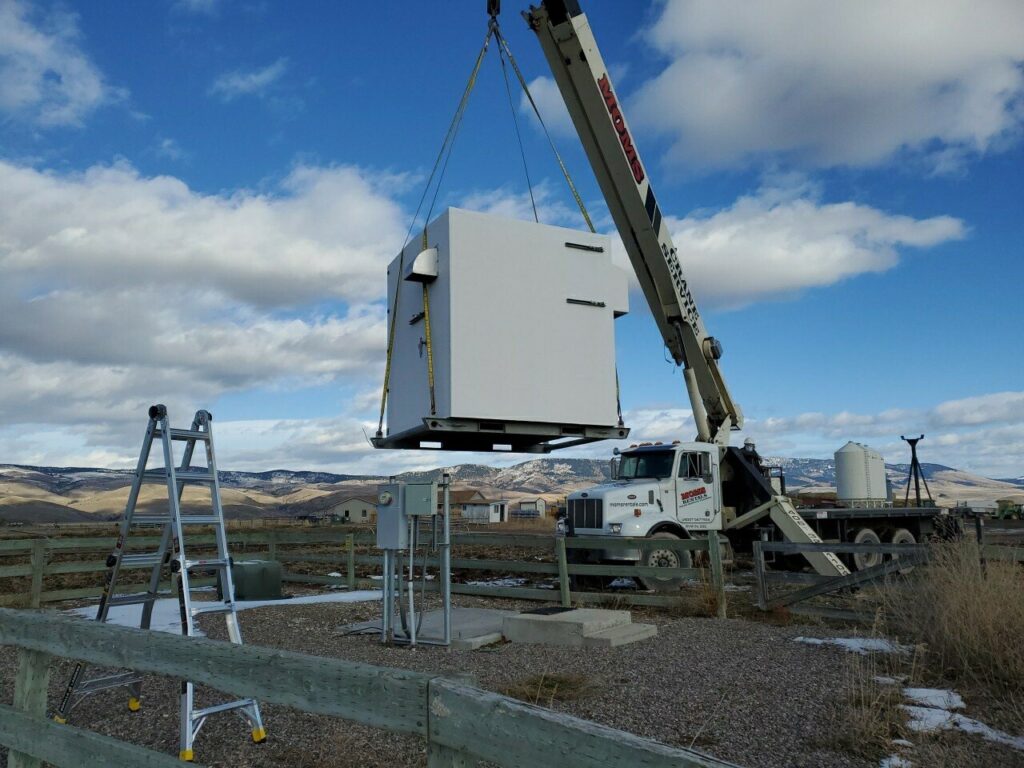Do YOU routinely use Remote Communications Outlets in Your Missions? The EAA Wants to Know!
The Experimental Aviation Association is asking friends, members, and pilots to toss their two cents in and decide our collective response. The Federal Aviation Administration, ever vigilant for opportunities to cut costs, is soliciting public comments on their plan to decommission all Remote Communications Outlets in the United States, save for those in Alaska. The plan isn’t a surprise to anyone in the industry - when was the last time most pilots even thought of filing a flight plan via RCO? - but even so, some pilots are a little wary of giving up redundant systems.

Their case comes from a standpoint of pragmatism, even a wholehearted focus on safety of flight. Even if it’s a little outdated, the RCOs are a part of a functional backbone, standing outside the usual civilian communications infrastructure. Sure, the country’s network of cell towers do a fine job of distributing data, be it flight plans or otherwise, but what about when they don’t? Communications companies can afford to have some downtime, when it means people can’t stream video for a few minutes. FAA infrastructure is held to a much higher standard, because everything done on the network directly impacts the operational safety of air operations.Better still, proponents of the RCO network say, is that the system is single-use, for a single audience. That means less congestion and greater chances of transmitting essential data should the worst ever occur.
Those okay with letting the RCO network trot off into the setting sun say it’s an acceptable trade to put funding into more popular, efficient, and modern technologies. The FAA itself cites the numbers: “Flight Service provides inflight advisory services over a radio network of 936 frequencies throughout the CONUS, including Hawaii and Puerto Rico. In the mid-1980s, Flight Service received 22,000 service requests per day across this network, while today they receive fewer than 300 per day. In turn, from over 350 Flight Service stations with over 3,000 employees 40 years ago, there are now only two facilities with fewer than 200 specialists. This 99% reduction in the volume of requests is not representative of a reduction in flights. Rather, it is a result of a move to new technology with no safety impacts. Technology (e.g., mobile technology) has made it possible for users today to receive the information and services that Flight Service provides without the need for radio communications. The remaining infrastructure and staffing for this outdated method costs taxpayers millions of dollars annually to support the small number of pilots that have not converted to mobile technology.”
Ergo, the debate must take place. The FAA has invited public comments on the decommission of all 936 RCO Outlets in the Continental U.S., and the EAA has likewise invited commentary to their address at govt@eaa.org.
FMI: www.govinfo.com


